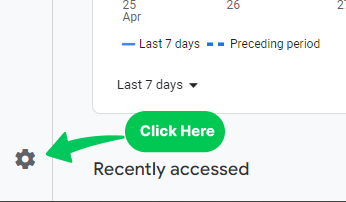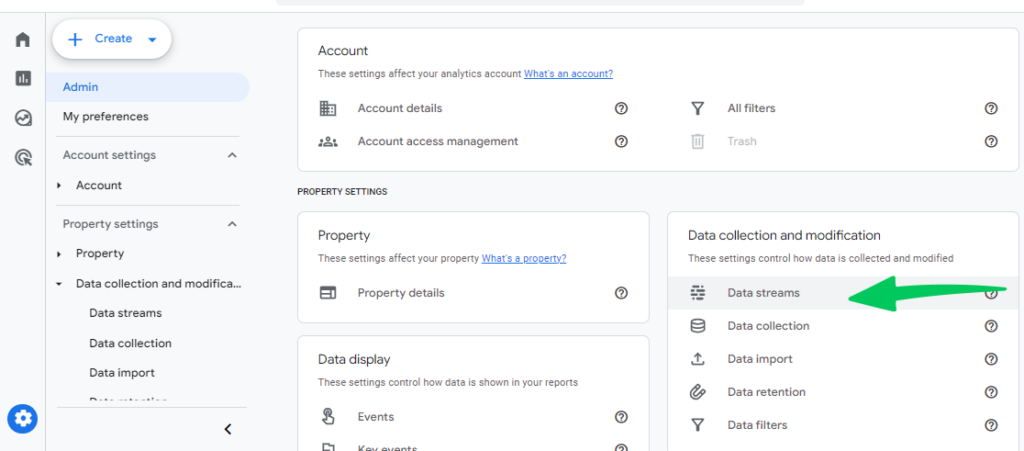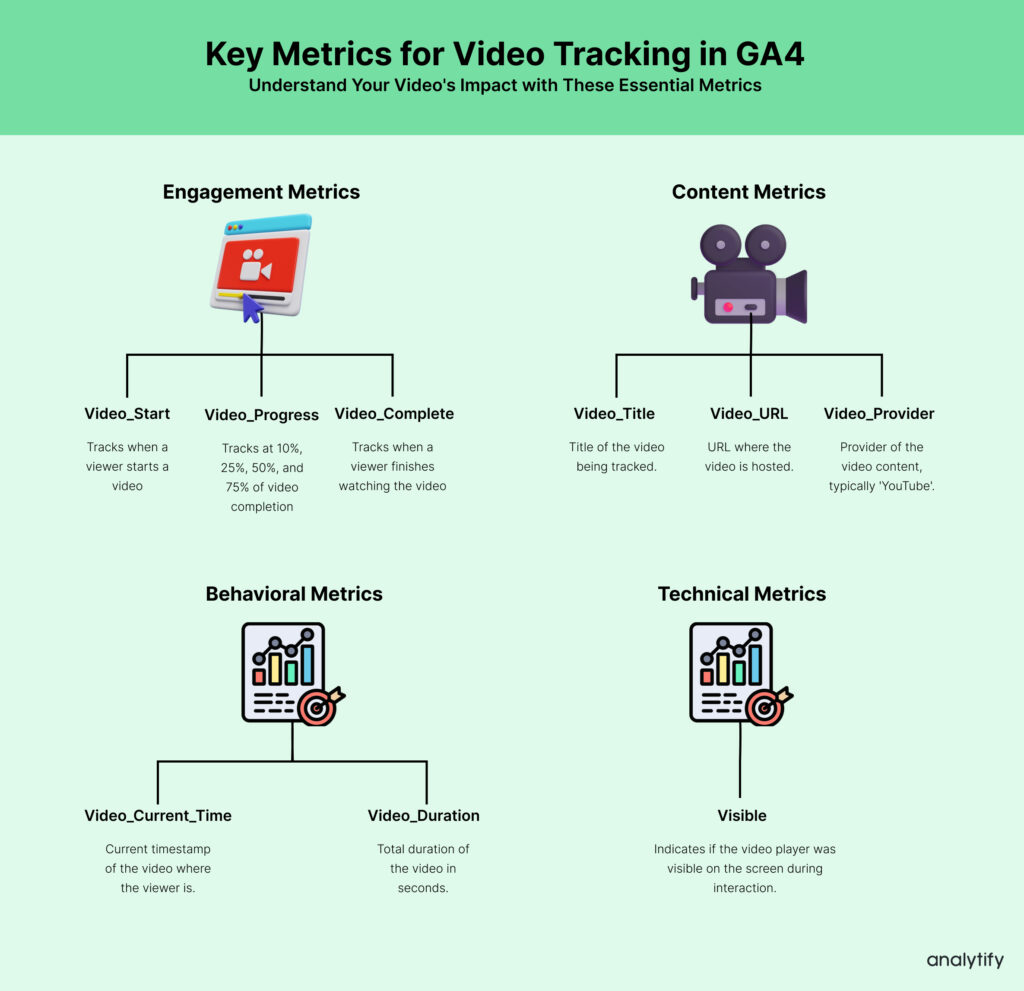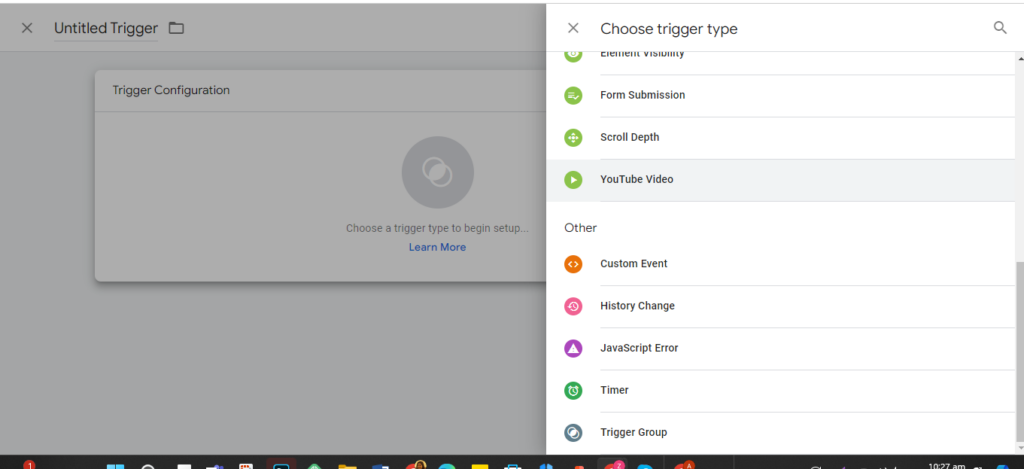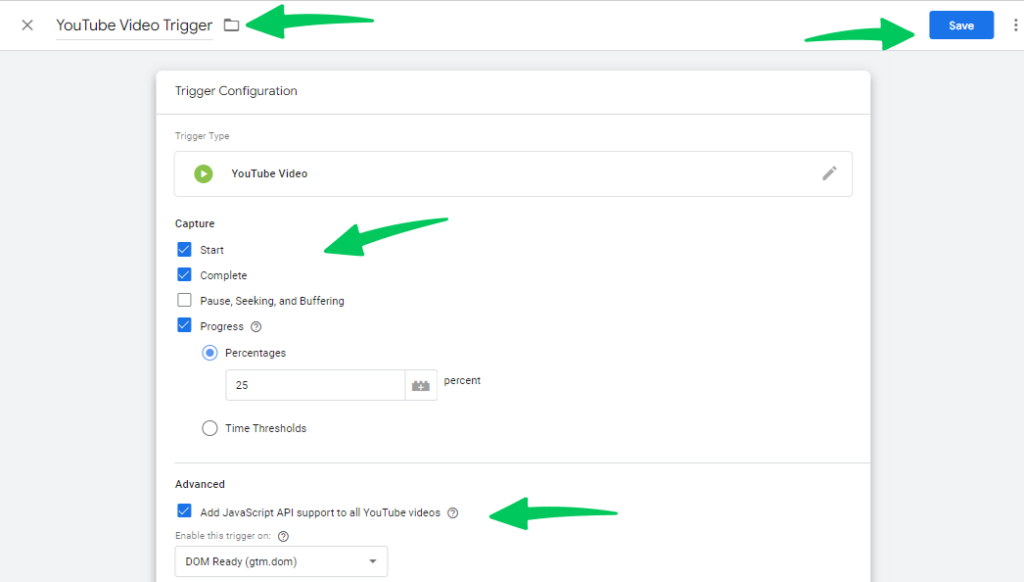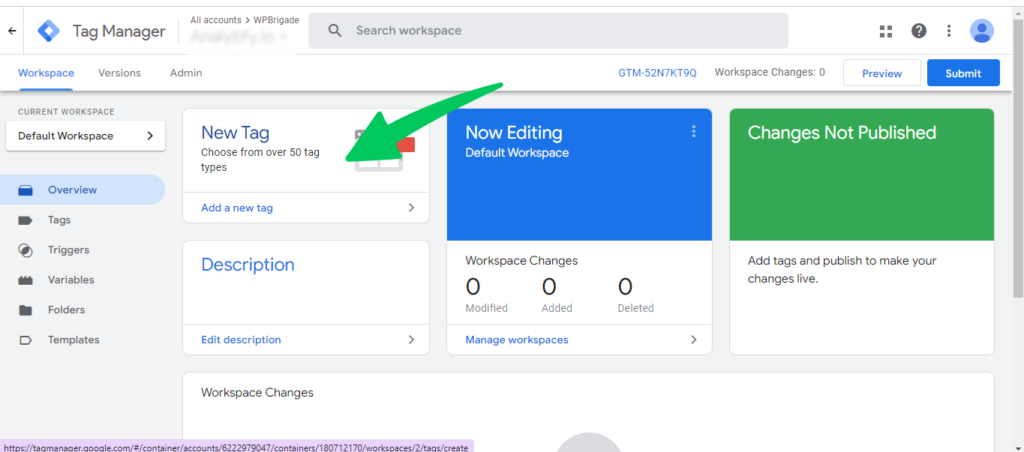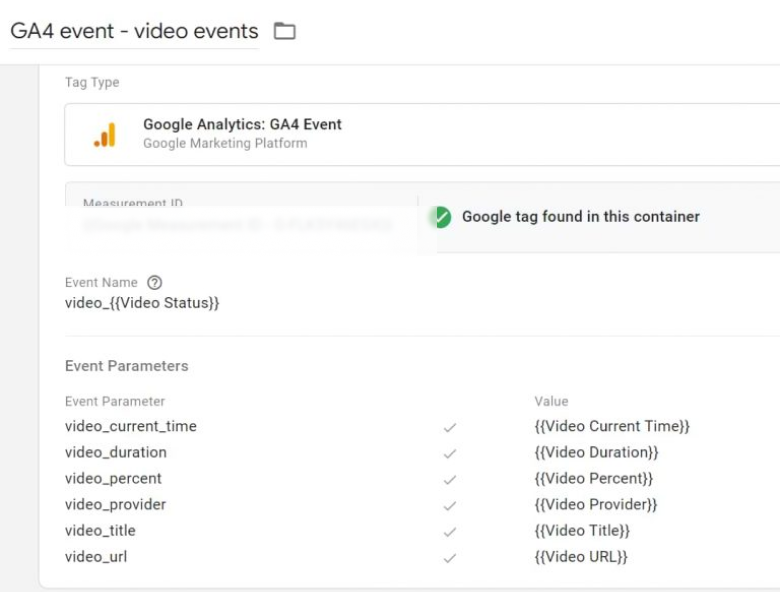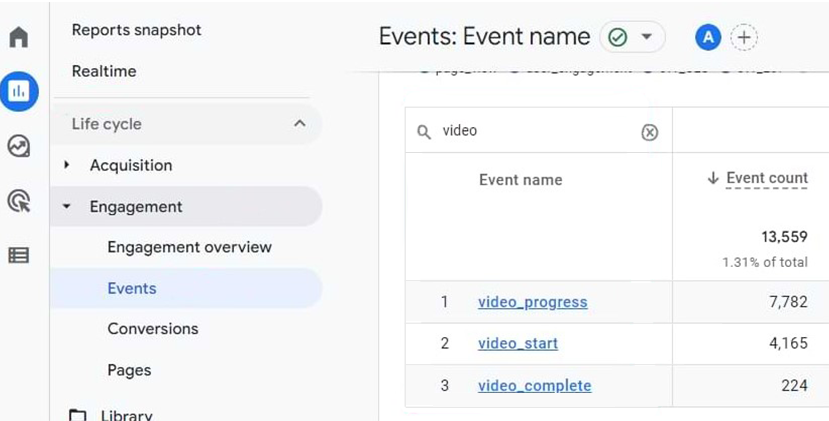Google Analytics 4 Video Tracking: A Complete Guide (2025)
Do you want to set up and utilize GA4 Video Tracking effectively? If yes, you are in the right place.
Videos have become an integral part of online marketing strategies. Whether you’re a content creator, marketer, or business owner, understanding how your videos engage your audience is crucial.
Google Analytics 4 Video Tracking offers powerful tools to track and analyze how viewers interact with your videos.
In this article, we’ll discuss everything you need to know about setting up Google Analytics video tracking. We’ve got you covered, from GA4 Video Tracking for your YouTube content to tracking video plays on any platform.
GA4 Video Tracking (TOC):
Understanding Video Tracking in Google Analytics
Have you ever wondered how some businesses seem to know exactly what their audience likes? A big part of that insight comes from GA4 Video Tracking.
Video tracking allows you to see who watches your videos and how they interact with them. It means tracking every play, pause, or skip, giving you a deeper understanding of viewer engagement.
With GA4 YouTube Video Tracking, you can identify which parts of your videos keep viewers hooked and which might cause them to leave. It can guide you in creating more of the content your audience loves, ultimately helping you achieve better engagement rates.
Features of GA4 Video Tracking
Google Analytics for Video Tracking is packed with features that make understanding your video performance straightforward. For instance, you can:
- Track video plays in Google Analytics: Monitor how many times your videos are played.
- Google Analytics video play tracking: See exactly when viewers play your videos, providing insight into viewing patterns.
- Track video interaction events: Besides play and pause, track interactions like mute, unmute, and full-screen mode to see how users prefer to watch your content.
Each feature is designed to help you make informed decisions about your video content strategy.
How to Use Google Analytics for Video Tracking
Step 1: Utilizing Built-in Video Tracking in GA4 (Enhanced Measurement)
Google Analytics 4 (GA4) offers an automated feature called Enhanced Measurement that simplifies tracking various user interactions, including those with video content. This feature is typically enabled by default when you create a new GA4 property and is particularly effective for YouTube videos embedded on your site.
How to Enable and Verify Enhanced Measurement
- Navigate to GA4 Admin Panel: Access your GA4 property and go to ‘Admin.’
- Select Data Streams: Find and click on your website’s data stream.
- Access Stream Settings: Click the relevant data stream where you want to set up video tracking.
After clicking on the data stream, you’ll be navigated to data stream settings.
- Verify Video Tracking: Next, you must ensure that Google Analytics video event tracking is enabled under the Enhanced Measurement settings. Click on the setting icon.
Scroll down the page and navigate to Video engagement. Turn it on and save the settings.
Events and Parameters Tracked
With Enhanced Measurement enabled, GA4 automatically tracks several key video-related events and parameters:
- video_start: Triggered when a viewer starts a video.
- video_progress: Recorded at key points during video playback (10%, 25%, 50%, 75%).
- video_complete: Noted when a video is watched to the end.
Key parameters include:
- video_current_time, video_duration, video_percent: These provide time-based data.
- video_provider: Identifies the video provider, usually set to ‘youtube’.
- video_title and video_url: Offer content identification.
- visible: Indicates if the video player was visible when engagement was tracked.
Enhancing YouTube Video Tracking
Ensure the JavaScript API is enabled on your embedded videos to leverage GA4’s tracking capabilities for YouTube videos fully.
This can be done by:
- Adding enablejsapi=”true” to the iframe tag.
- Appending enablejsapi=1 to the video URL in the iframe’s src attribute.
This setup provides a solid foundation for most basic tracking needs and is especially useful for users who primarily rely on YouTube as their video content platform.
Now, let’s move forward with the following steps involving Google Tag Manager (GTM), which offers more flexibility and detailed tracking capabilities for various video platforms, including YouTube.
Step 2: Setting Up Google Tag Manager for Advanced Youtube Video Tracking
While GA4’s Enhanced Measurement provides a solid foundation for tracking basic video interactions, using Google Tag Manager (GTM) enables more detailed and customized tracking setups. It is particularly useful for those who want to track specific video interactions beyond the standard metrics or those who use video platforms other than YouTube.
Integrating GTM with Your Video Platform
Step 1: Create or Access Your GTM Account: Log in to Google Tag Manager. If you don’t have an account, you’ll need to set one up.
Step 2: Create a YouTube Video Trigger
The process starts with setting up a trigger in Google Tag Manager:
- Go to Triggers >> New >> Trigger Configuration and select YouTube Video.
- Configure the settings to match your specific needs. You can adjust the Percentage threshold by entering values separated by commas.
- Additionally, enabling tracking for Pause, Seeking, and Buffering can offer deeper insights. Typically, tracking tracks Start, Complete, and Progress (e.g., 25% of the video watched).
- Ensure the “Add JavaScript API support to all YouTube videos” option is enabled in Advanced settings to increase tracking reliability.
- Then click on the Save button to save it.
Step 3: Enable Built-In Video Variables
Next, enable all video-related variables in GTM:
- Navigate to Variables >> Configure and activate all variables to help track video interactions.
Step 4: Create a Google Analytics 4 Tag
After setting up the Google Tag, it’s time to configure the GA4 Event Tag to send YouTube video data to Google Analytics:
- You can simply click on Add new tag on the overview page or go to Tags >> New.
- Then, navigate to Google Analytics as Google tag.
- Then choose Google Analytics: GA4 Event Tag and set up your event tracking.
- You can customize the Event Name field. You can use names like video_start, video_progress, and video_complete, following the Enhanced Measurement conventions.
- Include any event parameters you find valuable.
Step 5: Test the Setup
Finally, test your setup:
- Check the Preview mode to see if YouTube video events are appearing.
The events data may take 24-48 hours to appear in standard Google Analytics reports and Explorations. If you plan to use them for deeper analysis, remember to register parameters like video_percent or video_title as custom dimensions in your GA4 reports.
By following these steps, you can ensure comprehensive tracking of your YouTube videos and gain valuable insights into how viewers interact with your content.
Where to Find Video Tracking Analytics in GA4?
To effectively track and analyze video engagement using Google Analytics 4 Video Tracking, you’ll need to navigate GA4’s interface to locate the relevant data.
Here’s how to find and interpret video engagement data, including detailed insights into individual videos through standard and custom reports.
In GA4, video engagement data can be accessed easily if Enhanced Measurement is enabled. This feature automatically tracks events like video_start, video_progress, and video_complete.
Here’s where you can find them:
- Navigate to Reports >> Engagement >> Events in your GA4 dashboard.
- Look for events named video_start, video_progress, and video_complete.
That’s how to track video views in Google Analytics.
While these standard reports provide a good overview of video interactions, they may need more detail on specific videos. For example, you won’t see information about which videos were engaged directly in these event listings.
For detailed reports, you’ll need to use the Explorations feature to create custom reports.
Using Analytify for Better GA4 Analytics Visualization
Analytify is a powerful WordPress plugin that simplifies Google Analytics data for WordPress users. It provides an intuitive interface to view and analyze your analytics directly from your WordPress dashboard, making it easier to understand and act on the data without needing deep technical knowledge of Google Analytics.
Join 50,000+ Beginners & Professionals who use the Best Google Analytics Plugin to Simplify their WordPress Analytics!
Installing and Configuring Analytify
- Install Analytify: Go to your WordPress admin panel, navigate to ‘Plugins‘, and click ‘Add New‘. Search for ‘Analytify‘, install the plugin, and activate it.
Read: How to Install And Activate Analytify Pro Plugin.
Benefits of Using Analytify
- Simplified Data Presentation: Analytify breaks down Google Analytics data into visual reports that are easily understood at a glance. It is beneficial for non-technical users who want quick insights into their videos’ performance.
- Real-Time Analytics: View real-time data on how users are interacting with your content, which can be crucial for making quick content adjustments or strategy pivots.
- Enhanced Engagement Insights: With Analytify, you can dive deeper into user engagement metrics, such as repeat views, which can provide deeper insights into viewer loyalty and content effectiveness.
Google Analytics Video Tracking FAQS
How do I track video views if my videos are hosted on platforms other than YouTube?
You can still track interactions for videos hosted outside of YouTube using Google Tag Manager (GTM). You’ll need to set up custom HTML tags or use the video platform’s API to send data to GA4. Configure your triggers based on the interactions you want to track, like play and pause events.
Can I track video interactions on mobile devices?
Yes, Google Analytics Video Tracking works on both desktop and mobile platforms. The setup is the same, but make sure your video player is mobile-responsive to capture all interactions across different devices accurately.
What are some best practices for configuring video tracking in Google Analytics?
Here are a few tips:
Always test your tracking setup using GTM’s preview mode before going live.
Use clear naming conventions for your tags and triggers to quickly identify them in your reports.
Regularly update and maintain your tracking codes, especially after updates to your video platforms or GA.
How do you interpret different video analytics metrics in Google Analytics?
Understanding your video analytics involves looking at several key metrics:
Watch time and engagement: These metrics help gauge your audience’s overall interest and engagement levels.
Video completions: High completion rates often indicate your content is engaging and meets viewer expectations.
Drop-off points: Analyzing where users stop watching can help identify less engaging sections of your content.
Why aren’t my video events showing up in Google Analytics?
If video events aren’t appearing in your GA4 reports, check the following:
Ensure that your tags are firing correctly in GTM.
Verify that your GTM tags are appropriately linked to your GA4 property.
Double-check your event parameters and trigger settings to ensure they are configured correctly.
Final Thoughts
Google Analytics Video Tracking is essential for anyone looking to enhance their digital marketing efforts through video content.
As we’ve explored in this guide, GA4 offers an enhanced measurement feature to track and analyze video interactions, providing valuable insights into how viewers engage with your content.
Whether you use GA4’s built-in capabilities or enhance your tracking with Google Tag Manager and Analytify, the data you collect can significantly influence your content strategy and help you make informed decisions.
We hope this article helped you to utilize GA4 Video Tracking effectively.
You may also like to know: How to do GA4 Subdomain Tracking.
Feel free to reach out to us in the comment section if you are stuck at some point.

